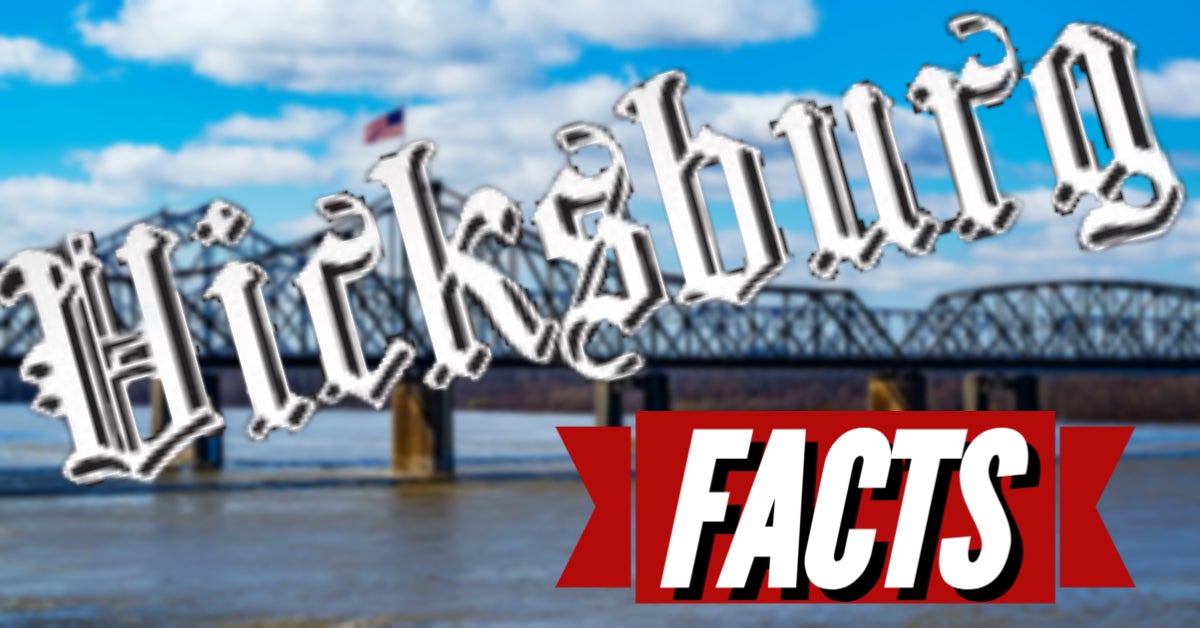VICKSBURG FACTS: Vicksburg bridges the gap from Atlantic to Pacific
Published 8:00 am Saturday, July 8, 2023
By Vera Ann Fedell | The Vicksburg Post
Did you know that the construction of the Old Highway 80 Bridge was one of the first major connections from East to West?
According to the plaque at the Vicksburg Bridge, Harry E. Bovay had the idea to have a highway and railroad bridge crossing the Mississippi River. On May 3, 1926, an Act of Congress was passed allowing the construction of the bridge project. As stated in the Sun Herald’s March 29, 1928, edition, the “Vicksburg Bridge and Terminal Company, a Delaware corporation, will construct, own and operate a combined railroad and highway bridge across the Mississippi River at Vicksburg, Miss.”
The bridge became an important link by connecting the east and west between southern truck-line railway systems.
Prior to the bridge construction, the railway and vehicular traffic used ferry boats to cross the river. By adding this bridge onto the U.S. Highway 80 route and creating a two-lane traffic system would allow anyone traveling to save over half an hour according to the Sun Herald March 29, 1928, edition.
The plan was to build the bridge out of steel, cantilever type, with massive reinforced concrete piers approximately 7,500 feet between approaches. It was estimated that with the approaches the entire length of the bridge will be about 15,300 feet, or about 2.89 miles according to the Sun Herald.
Those preparing the designs of the bridge were Messrs. Harrington, Howard and Ash. The United Engineer and Constructors Inc., American Bridge Company and The Virginia Bridge and Iron Company helped construct the substructure and superstructure according to the Sun Herald March 29, 1928, edition.
When the project began, there was an estimate of as many as 2,000 men participating in the construction of the bridge. However, as construction continued there were many obstacles that had to be overcome. The rise and fall of the river levels caused the project to be delayed multiple times.
For example, “During the middle of June (1928) the first air work had begun. This was on Pier No. 2, on the east bank. This caisson did not go as deep as those in the main river, so the workmen were able to start work while the river was still high. This work on Pier No. 2, however, was shut down within a week, due to a rising river. In effect it was a false start, and was made so late it prevented the completion of the bridge foundations in 1928,” according to the Clarion-Ledger’s May 19, 1930, edition.
It was also extremely dangerous to be working on the bridge construction. A total of 10 men died while working including Louis R. Ash, one of the designers of the project according to the Clarion-Ledger.
Finally, the workers were able to finish the construction on April 27, 1930, and the first car to cross the bridge was on April 28, 1930. Then on May 1, 1930, the first train crossed the bridge according to the plaque at the Vicksburg Bridge.
On May 20, 1930, a festival celebrating the success of the Vicksburg Bridge was held for Vicksburg citizens and visitors to enjoy. Due to the historical event happening in Vicksburg, “Business concerns, public officers, railroad shops and schools have closed early for the day to give their employees and students an opportunity to enjoy the day’s festivities,” according to The Newton Record’s May 22, 1930, edition.
The main event included a dedication and christening of the bridge. The bridge was christened with water from the Atlantic and Pacific oceans sent by the Chambers of Commerce in San Diego, Cal., and Savannah, Ga. to commemorate the linking of the east to west.






